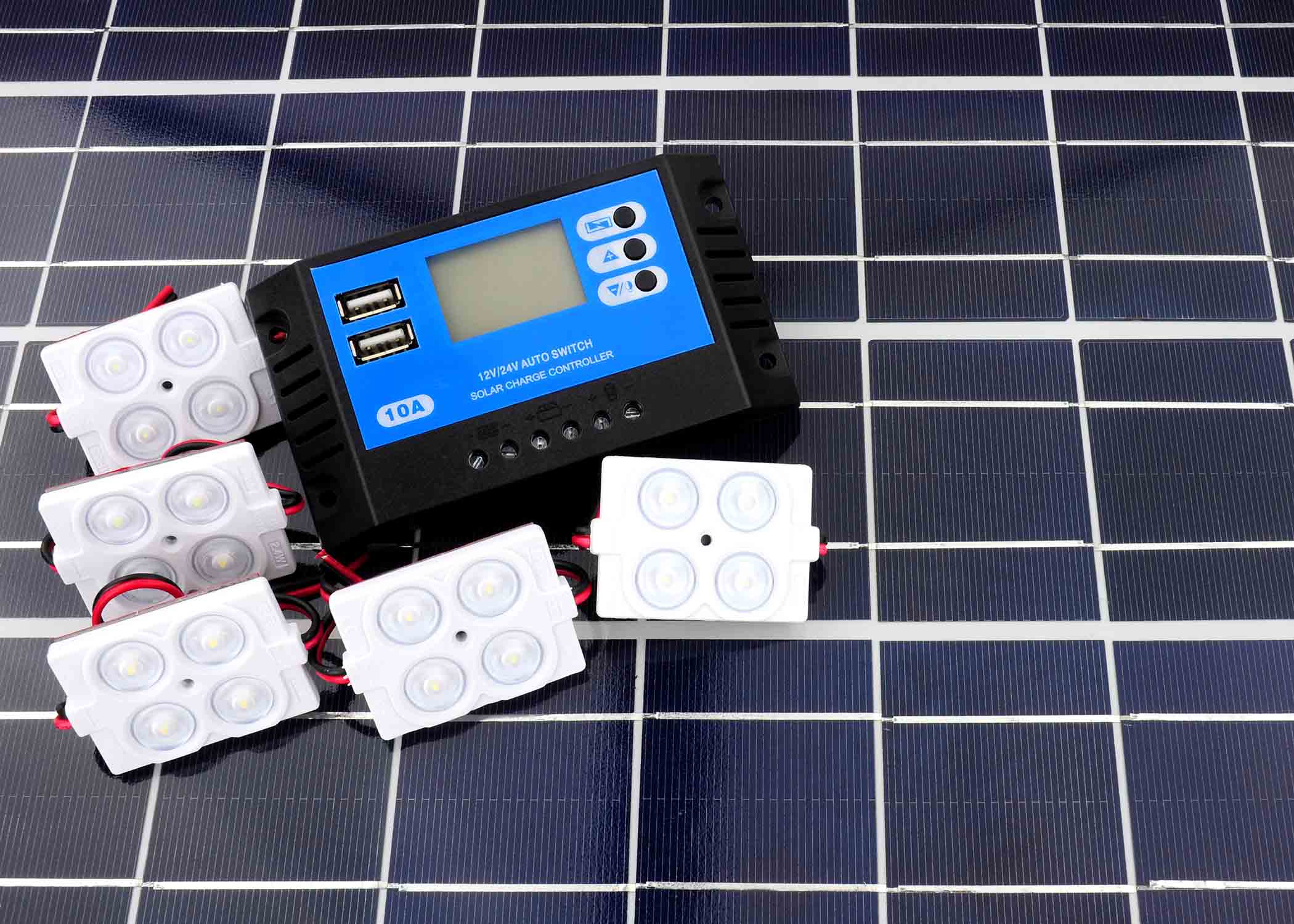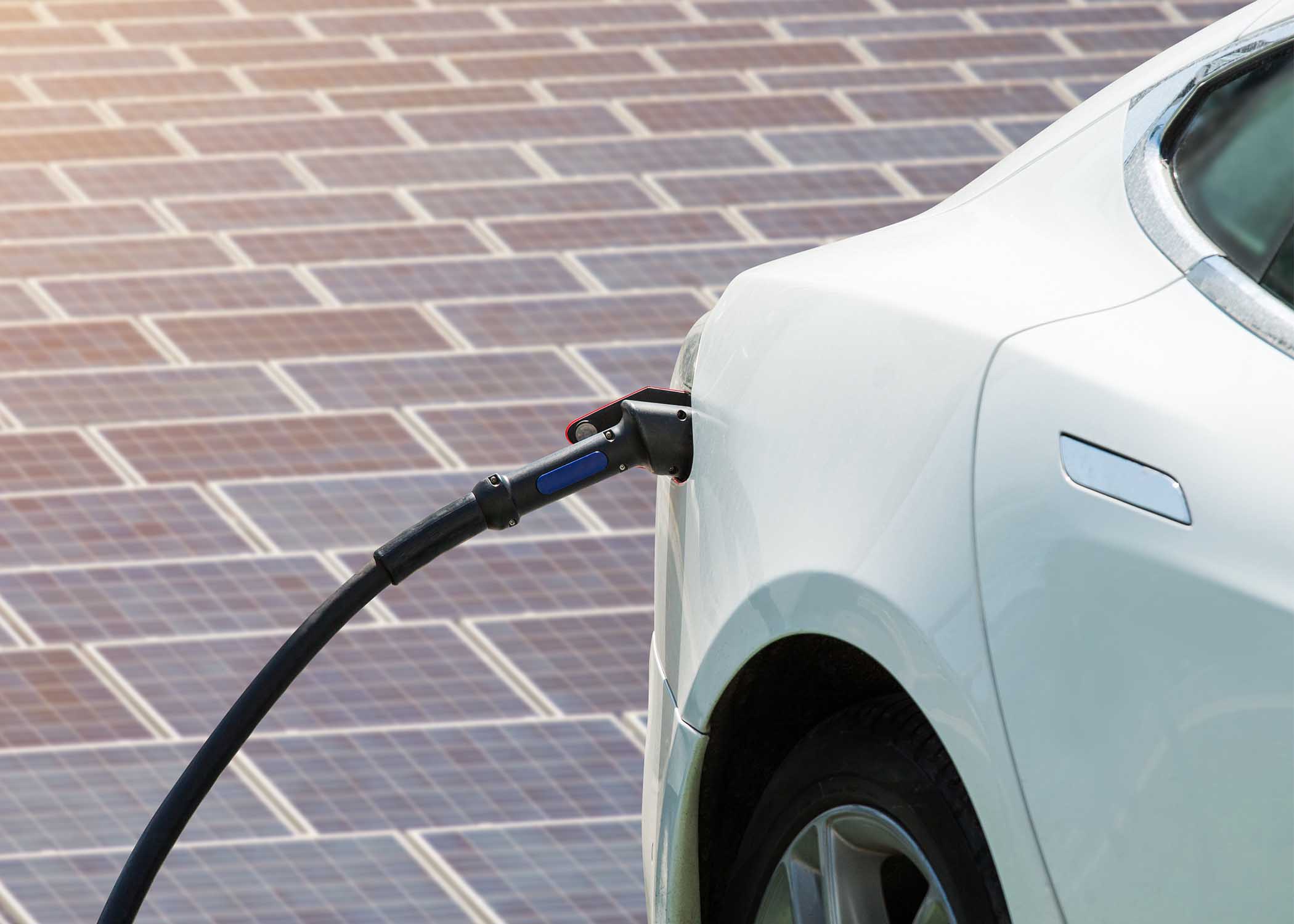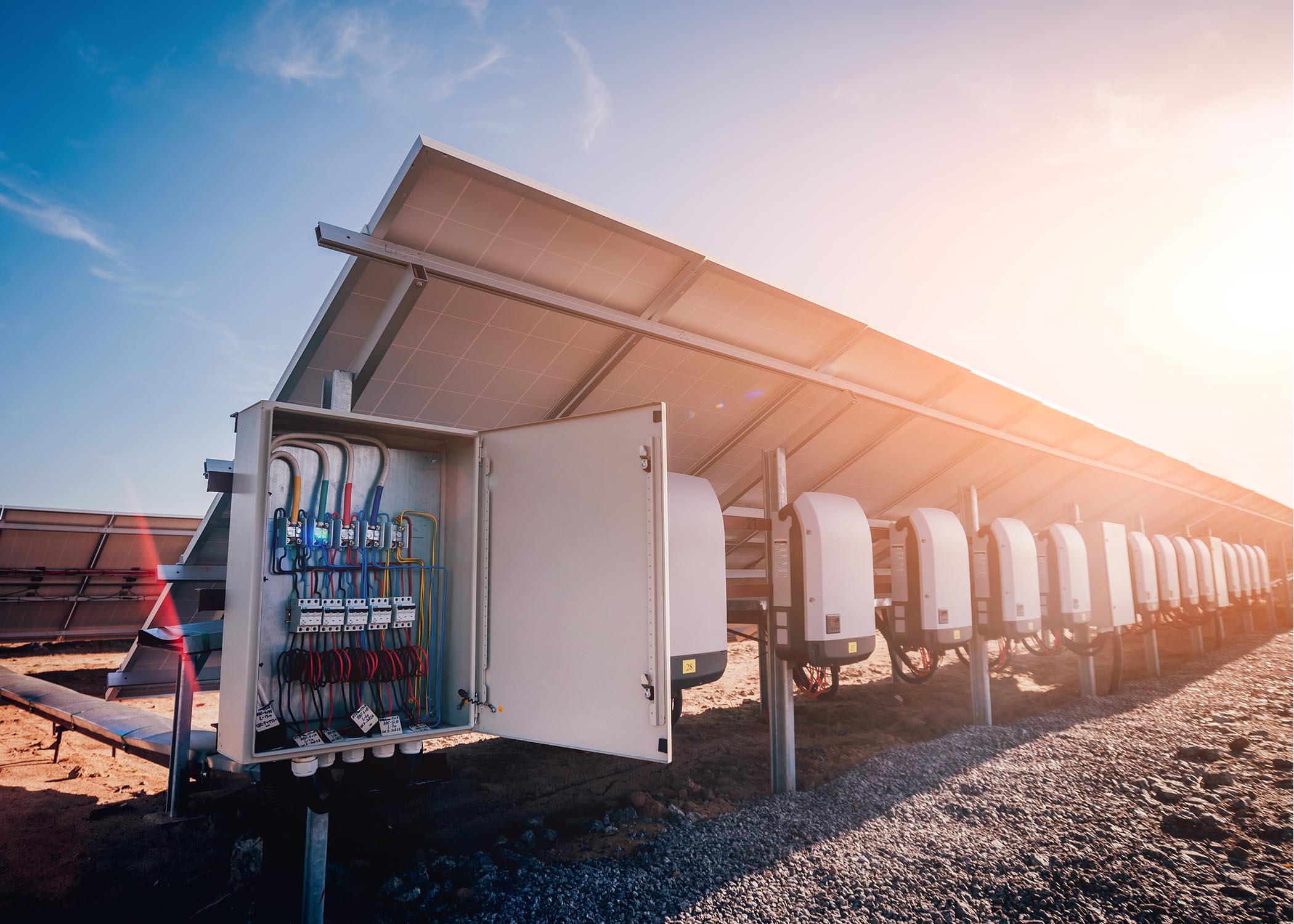Humankind is hungry for energy.
With a global appetite that grows every year, fossil fuel reserves may run out within 50-100 years.
However, you’ve likely noticed that individual events can lead to supply issues and interruptions or consumer panic, causing temporary oil and gas shortages.
The Colonial Pipeline ransomware attack in May of 2021 is one example.
The spring 2022 sanctions against Russia are projected to impact the global oil supply significantly.
Increasing your energy independence by utilizing the Sun’s power can help you save money and allow you to continue to operate your farm or ranch, even during an oil or gas shortage.
Let’s find out how to incorporate solar energy in agriculture.
How to Incorporate Solar Energy in Agriculture for Electricity Generation
Operating an agricultural business requires substantial electricity, and natural gas supplies 38.3% of America’s electricity needs.
A natural gas shortage may result in price hikes and rolling blackouts or brownouts as the utility company adjusts to changing supplies.
Rising electricity bills and inconsistent power aren’t good for business.
Installing solar panels on your farm provides the consistent and reliable energy you need to operate.
You also don’t have to worry about continued and unexpected price hikes.
During power outages, a backup battery system can ensure you can maintain operations and protect livestock and crops.
A few factors to consider when asking about how to incorporate solar energy in agriculture for electricity generation.
How Much Power You Need
Before you forge ahead, you need to understand how much energy your farm uses.
You can look at your power bills for the past two years to see how much you use during peak times.
You want to make sure you have a system that can provide you with enough power to reduce your costs significantly.
If you opt for a battery backup system, it needs to store enough to keep critical equipment running in a power outage.
Where to Locate the Panels
Panel location is an essential factor in understanding how to incorporate solar energy in agriculture.
When installing solar panels, you can put them up on a roof or mount them on the ground.
To place them on the roof, you need to ensure the structure can handle the weight and have enough open space to fit the number of modules you desire.
If you have land that you don’t use in your current production, you may want to consider ground-mounted panels.
No matter where you locate them, solar panels function best when they have a south-facing orientation.
They should also have full access to sunlight, with no trees or other buildings shading them during the day.
What Metering Program Does Your Utility Company Offer?
Even if you want to learn how to incorporate solar energy in agriculture to supplement the electricity your power company supplies, you may want to find out about the company’s net metering program.
Unless you always use at least as much electricity as your solar system produces, your panels will often gather more energy than you use.
If you have a battery bank, much of the excess goes to the batteries for storage.
Beyond that, how does your utility provider handle the energy you don’t use?
The extra electricity your panels produce gets sent back to the grid.
In many states, the utility company must credit you for this additional energy production.
The credit applies when you need energy from the grid, so you continue to save money.
How to Incorporate Solar Energy in Agriculture to Replace Generator Power
Do you rely on generators to run components of your operations or as backups when the utility power goes out?
Whether you use them to keep the lights on in a barn, power up tools remotely, or control the temperature for greenhouses or livestock quarters, you need fuel to keep the generators going.
When there are oil shortages, gas prices go up, which means you pay more to run the generators.
Installing solar on barns and livestock quarters ensures a consistent energy supply to keep the lights on and maintain the temperatures without paying for fuel.
You can also set up solar panels for your greenhouses.
Additionally, if any portion of your farm isn’t grid-connected, you can utilize an off-grid solar system to supply your electricity.
How to Incorporate Solar Energy in Agriculture for Water Systems
Access to water is critical for any agricultural business.
Irrigation systems, well pumps, and livestock watering systems are integral to the production.
These systems all primarily operate using electricity from natural gas or diesel fuels.
During an oil and gas shortage, the costs to keep the water flowing can skyrocket.
Fortunately, you can set up these systems to run off the Sun’s clean and abundant energy.
With a solar-powered pump and the right design for your irrigation and animal watering system, you can save money on fuel costs during an energy crisis.
In using solar energy to supply your water, you also do your part to mitigate climate change and its impacts on the world’s water cycle.
How Best to Incorporate Solar Energy in Agriculture
If you’re interested in learning more about how solar solutions for agriculture, we at Unbound Solar are here to help.
We work with farmers and ranchers to find ways to gain energy independence.
Whether you want to learn how to install a system yourself or have the experts do it, we can answer all your solar questions.
Feel free to get in touch today!



